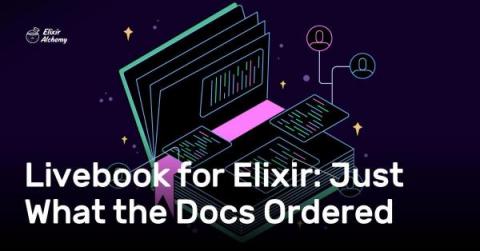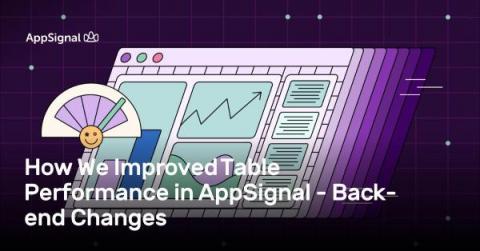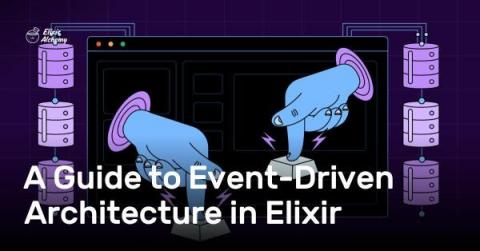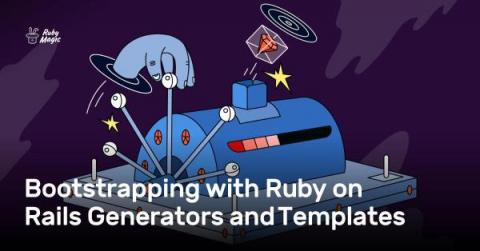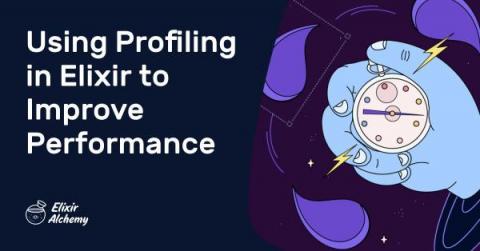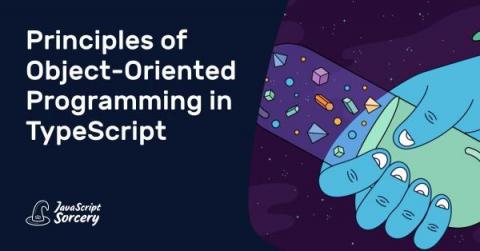An Introduction to Polymorphism in Ruby on Rails
If you have ever spent time building an Object-Oriented Program (OOP), you have likely used polymorphism in your application or, at the very least, heard the term. It’s the kind of word you’d expect to see in a science or computer science textbook. You may have spent time researching polymorphism and even implemented it in your application without clearly understanding the concept. This article will give you a greater understanding of polymorphism, specifically in Ruby on Rails.



